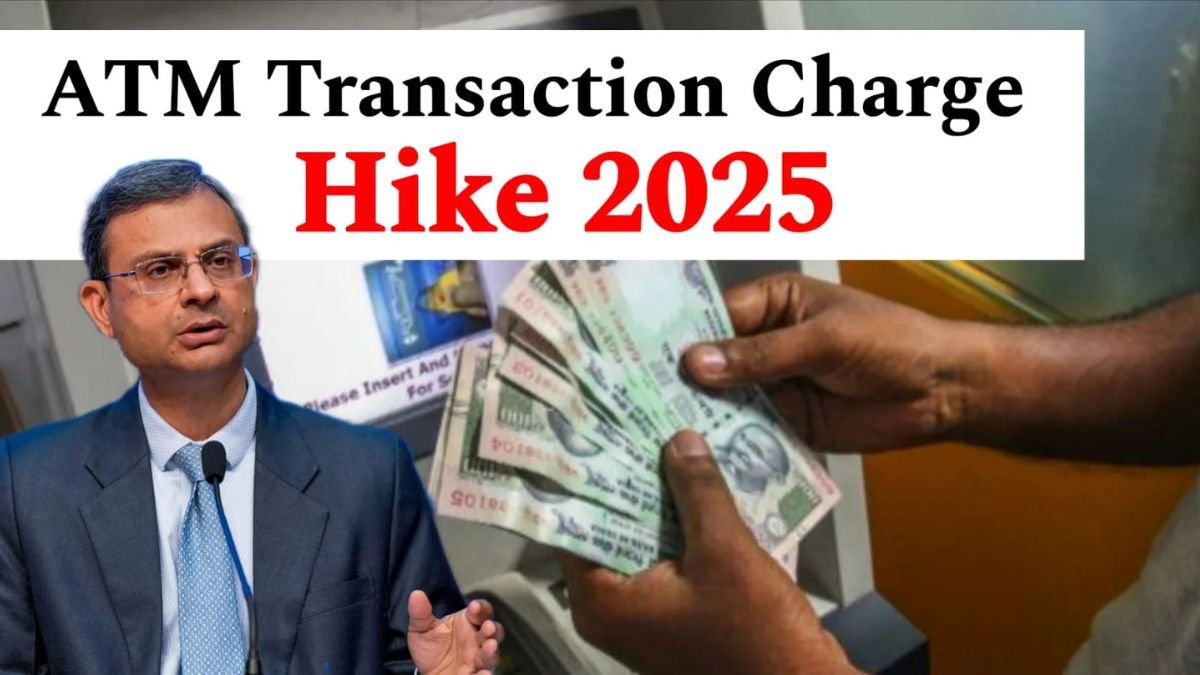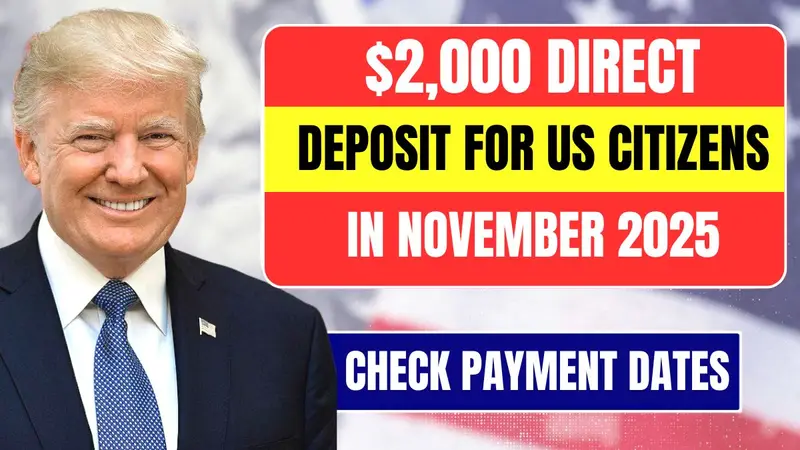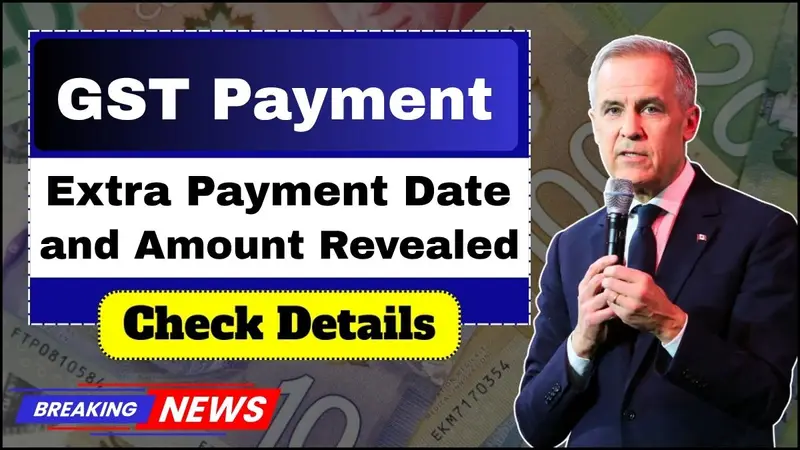ATM Transaction Charges Increased: Complete Information in Simple Language
These days, we transact using mobile apps, cards, and ATMs. But many people don’t know that banks charge for frequent ATM use—and in some cases, they may even be charged based on the withdrawal amount. Now, according to reports, withdrawing money from ATMs could become more expensive than before, as banks/networks are preparing to increase fees. Here’s the full story in simple terms—
Frequent ATM Use Could Be Expensive
A fee structure applies to every ATM cash withdrawal using a debit card. Currently, five free ATM transactions (financial and non-financial) are generally available per month. After this, banks charge a fee for each additional transaction, which varies by bank and city. If the new changes are implemented, the fee for these additional transactions could increase.
What Could Change?
Currently, many banks charge up to ₹21 for additional ATM transactions; there is a proposal to increase this to ₹22.
Proposed changes to interchange fees (when using another bank’s ATM):
- ₹17 → ₹19 for cash withdrawals
- ₹6 → ₹7 for non-cash (balance inquiry/mini statement)
The rationale for these changes is that ATM maintenance and operating costs have increased, which networks/banks often pass on to customers in the form of fees.
What is an interchange fee?
When you withdraw money from an ATM of a bank other than your own, the ATM-providing bank (say, HDFC) charges your bank (say, SBI) an interchange fee. This fee covers the cost of transaction processing. Ultimately, this may be reflected in the charges levied on customers for transactions above the additional/free-limit limit.
What do the current rules say?
According to RBI guidelines, most customers receive five free ATM transactions per month (both financial and non-financial). After this, a fixed fee may be charged per transaction. This limit/fee may vary slightly depending on the bank location (metro/non-metro) and card type.
According to reports, the limits/fees are under review, with the possibility of further increases in fees for additional transactions.
Who will be most affected?
People who withdraw cash frequently—small merchants, those who rely on cash payments, or those with limited branches nearby—may see increased monthly expenses. Therefore, it is important to plan your cash withdrawals wisely.
Easy ways to avoid additional charges:
- Make small, planned withdrawals—withdraw only what you need at one time.
- Use your bank’s ATMs prioritize; interchange costs will decrease.
- Use UPI/digital payments wherever possible to reduce cash usage.
- Keep track of your 5 free monthly transactions (including non-financial ones).
- Use your mobile app/net banking for mini statements/balance checks—this will save you from visiting an ATM.
- If your account has minimum balance requirements, adhere to them—sometimes various charges apply.
Summary
Frequent ATM use could become more expensive. Proposed changes could increase the cost of both cash and non-cash ATM transactions. It’s wise to make fewer withdrawals, more thoughtfully, and opt for digital options whenever possible—to avoid unnecessary additional fees.









